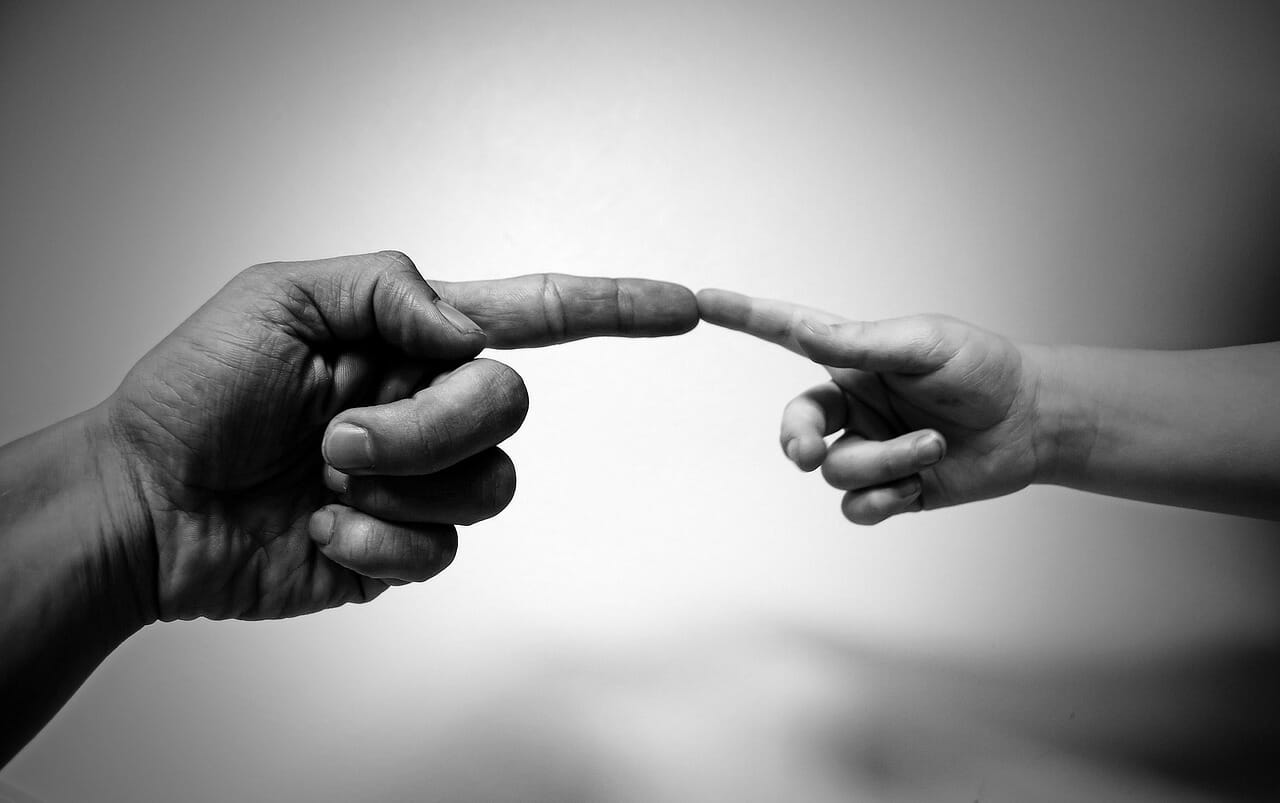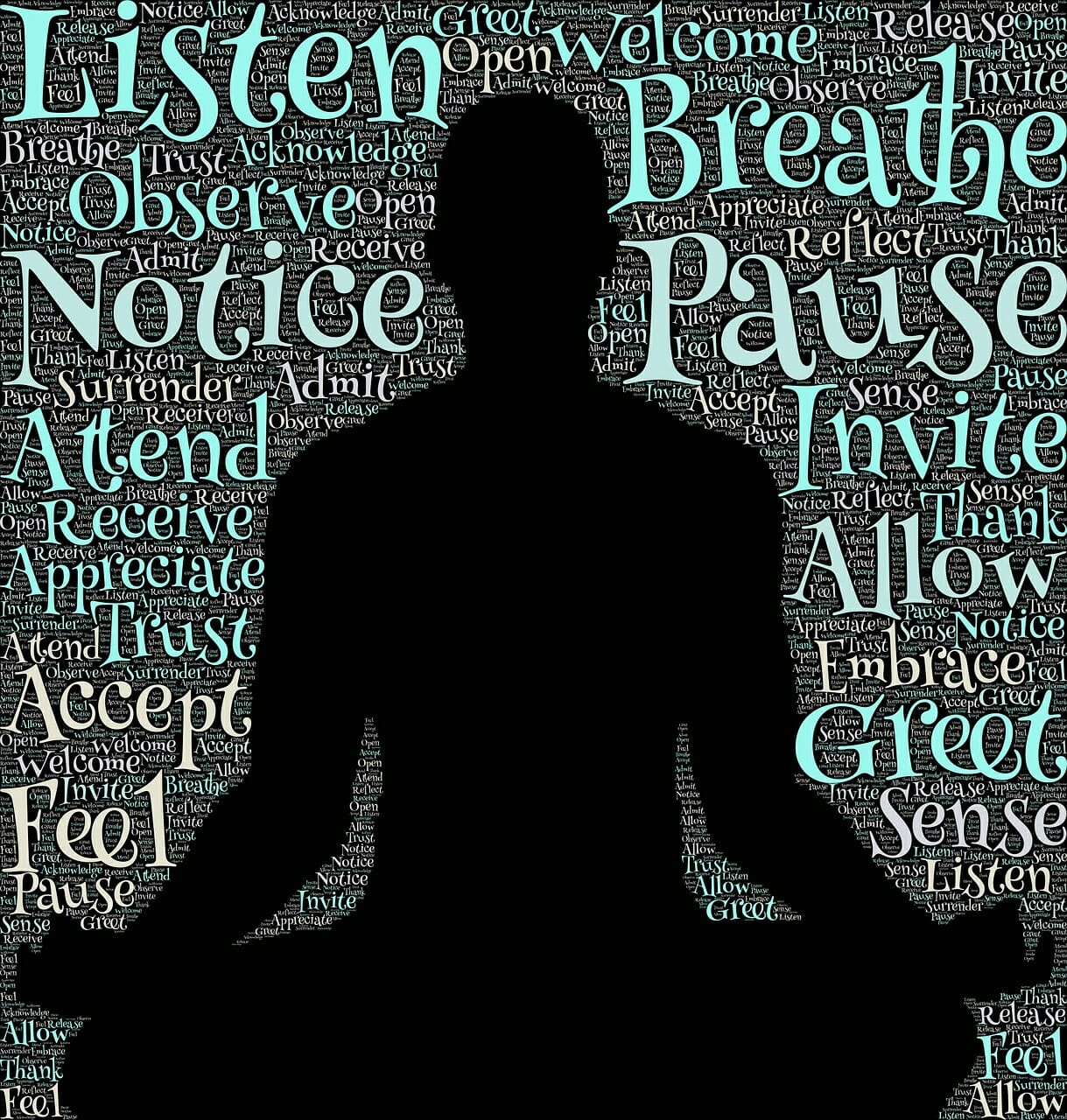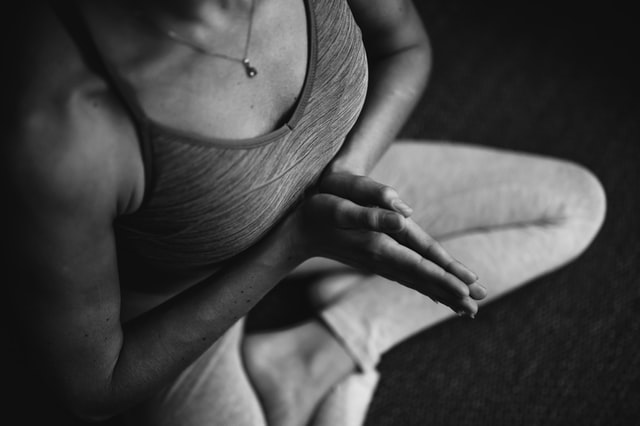We have reached the fifth limb of yoga! If you’ve read the previous articles in the series, you know by now that we are going from outer aspects, like behavior and movement, towards the inside. Pratyahara is not such a well-known limb of yoga, which is a shame as it is probably the most important one. Let’s talk it trough.
 Withdrawal Of The Senses
Withdrawal Of The Senses
It sounds a bit like a Star Wars movie, something Yoda would say, but “no, it not is”! It is the first step of moving your attention inwards, and therefore, going into meditation. The next four limbs of yoga are all about going into meditation and they are the next steps to go through in your yoga lifestyle.
When you began doing yoga and meditation, you are probably aware that going into meditation wasn’t that easy. It’s something you have to ‘train’. It might be a bad word to use here, but it’s just to make it clearer for you. You can’t expect to master a state of bliss during your first session. It’s going to be something that gradually grows and therefore it might be nice to keep a journal with you to write down what you are experiencing.
I’ve heard many people say: how do I shut down my mind? And in my opinion, you can’t. You will always carry the mind with you, you will always have (some) thoughts. Maybe not when you are enlightened, but truth be told, I’m not there yet so I don’t know what it is like ;). The difference will be that during your meditations you will see that even though thoughts will arise, you will slowly learn how to ignore them. And with ignoring I mean that it will be like a voice in the background in which you don’t pay attention.
With Pratyahari it doesn’t mean that you are out of the world, it’s not like transcendental meditation where you’ll be completely unaware of your surroundings. Here it is about being aware of your surroundings but without engaging. One of the exercises most known that practices pratyahara is Yoga Nidra. Here you’ll be withdrawing your senses from the outer world, but you will be somewhere in the twilight zone. You’re wide awake but you’ll be in a state of complete relaxation as well. Down here is a video if you’d like to practice Yoga Nidra, which is a good pratyahara meditation practice.
The Five Senses
As you are all aware, there are five senses. Vision, hearing, smell, touch, and touch. They are all sensations that when we experience them, we will have some kind of judgment. And with this, I mean judgment in a wide sense of the meaning. It doesn’t always have to be a bad thing. You can also have good connotations when you smell the favorite food that your mom used to make, for example. But within Pratyahara, this is what you are going to try to avoid. Or better said, engage with.
Now, you might ask why we have to distance ourselves from all of those sensations, even the good ones. I’ve been baffled from it as well in the beginning as I loved seeing those good old memories. However, within meditation, it’s about returning to your center and being “thought-less”. This means that if you engage with the good thoughts, it’s highly likely that you’ll be engaging in the negative ones as well.
How have your experiences been with meditation? What were some difficulties you had? Let me know in the comment section below!
Integrating Pratyahara
Pratyahara in Yoga

Have you ever wondered why you have to look at your thoughts while standing in a yoga pose? Well, that’s mainly because yoga teachers want you to practice Pratyahara without even knowing it! When you are doing the Asanas you are already doing some work to go into meditation. You are withdrawing your senses from outside to the inside. During your practice, you might sometimes feel that you are wandering off with your senses. This is to distract yourself and it’s a trick of the mind to make sure that you’re not going to deep inside to experience the blissful state meditation can bring.
When you notice that, that’s the start of Pratyahara. From there on you can do what you have to do. You’ll notice your mind wander, you can close your eyes and focus on your breathing to bring the focus back inside.
Did your teacher talk about Pratyahara? If so, let me know how he/she tackled this in your classes.
Pratyahara in daily life
How to practice Pratyahara in daily life? This is going to be a bit more difficult as you’ll be confronted by external stimuli. I also advise you not to meditate while driving, I know it sounds obvious and sometimes you might need it when you are on the road, but it’s best to keep your eyes on the traffic in front of you ;).

It is also very important to do this now and then, most of the time we are processing a lot of information, without even knowing it. Messages on your phone, updating your social media, listening in on conversations of other people 0:). We all do it, and it’s causing or brain to go into hyperdrive. This is why it’s good to let everything just be as it is once in a while, to give your brain, body and mind a rest of all the stimuli surrounded by us.
Conclusion
Pratyahara isn’t such a well-know limb of yoga, but it’s probably the most important one. Chances are big though that you are already doing exercises within your yoga practice to bring your attention inside, without even knowing it. The importance of Pratyahara though lies within the fact that this is the beginning of your meditation practice.
This was it, for now, if you have any thoughts or questions, please let me know in the comment section below.

 Withdrawal Of The Senses
Withdrawal Of The Senses




My experience with yoga, and yoga teachers, is that they are very focussed on the physical fitness side of yoga and either don’t know about or don’t want to talk about practices like Pratyahara. I think this is a shame because my first encounter with yoga was in B.K.S Iyengar’s book “Light On Yoga” and I’d assumed yoga teachers, especially Hatha yoga teachers, would be more keen to teach it. I find it’s a really valuable practice and try to incorporate it, especially when the day seems too busy – that’s always a sign that I need to do the opposite of keeping busy and stop and withdraw for ten minutes.
Hi there, thank you for sharing your experience. The hype around yoga unfortunately is focused on the outer appearances of yoga, but when you have a good teacher, they will be focused on every single aspect of yoga. Especially Hatha yoga teachers should do this. I found that a lot of teachers do teach some things about pratyahara, but they are unaware of it, that it actually is the pratyahara limb.
I have been interested in Buddhism for quite a long time though I have never practiced it, more recently I have been introduced to yoga and the health benefits it brings, I had heard about yoga before but never explored it in any depth, however I have now become interested and started reading more on the subject of yoga and the more I read the more similarities with Buddhism I see, I hope I’m not being naive but is yoga connected with Buddhism at all.
HI Russ, you are right, there is a great connection between yoga and buddhism, they have quite similar foundations and they have a similar philosophy as well.
Thank you for another great article on Yoga. I had heard the word “sutra” before but I wasn’t quite sure the meaning. So I looked it up and now I know. its good to focus on inner aspects rather than just the outer aspects. Then you will get a full experience.
Withdrawal of the senses is helpful. Then you go more inside and there’s actually a lot going on there. Also does this have anything to do with yoga with your eyes closed? That was something a teacher suggested we try once, doing yoga with the eyes closed. Thanks!
High C, that’s a good question and you’ve answered it yourself already ;). Our sight is already one of the major ways we start interpreting things and that’s why the withdrawal of the senses always starts with closing your eyes. At some point, you’ll be able to withdraw your attention to yourself with keeping your eyes open! Give it a try!
I too have had to learn meditation and it is a skill to master your restless mind. I started with an app to help me learn and the instructions were to completely clear your mind of thought, just focus on the breathing. The beauty of it is when you do this you are opening up your heart and soul to spiritual guidance, so the next task is to allow these intuitive specific new ideas to appear. That’s mind blowing! I like how you explain it as “being aware of your surroundings but not engaging.” Great article!
Thank you Judy! I appreciate your feedback :). Can I ask you what app you are using?
I too have had to learn meditation and it is a skill to master your restless mind. I started with an app to help me learn and the instructions were to completely clear your mind of thought, just focus on the breathing. The beauty of it is when you do this you are opening up your heart and soul to spiritual guidance, so the next task is to allow these intuitive specific new ideas to appear. That’s mind blowing! I like how you explain it as “being aware of your surroundings but not engaging.” Great article!
Thank you for this great post, I find it really helpful and nice. You talked extensively on the yoga by Pratyahara .i have followed your previous lessons and this one is no exception. I like your post about withdrawal of the senses. It made enough sense to me and I will like to try it out.
Hi Charles, there are three more limbs coming up, so stay tuned!
Yoga have been one very good means on controlling ones sense and from all I have read, I have given so much interest in learning more about yoga. I have once been involved in yoga within the short period, I had control of my anger issues which have been a serious problem for me. This made me realize how effective yoga can effective to ones mind and all. I’ll love to resume my yoga classes and benefit more from it. Best regards.
Wow Chloe, that’s amazing to hear that you’ve controlled your anger with yoga. Thank you for sharing!
I really love doing yoga and I keep up to my consistency, it’s been helping keep in a lot of ways. Its true that yoga is not so simple as people take it, it takes trainings to fall into meditation and meditation is what makes yoga real and helps brings tranquility and solemnity. This is actually the first time I’m hearing of The practice Pratyahara and it’s kind of surprising that during all these years I’ve been into yoga, I don’t know. It’s going to help control and take charge of the 5 senses.
Even though it’s going to be difficult, I’ll try best to try it. Thanks for sharing this article, it’s really useful.
Thank you Jones for your comment! I’m glad to hear that you are enjoying your own practise!